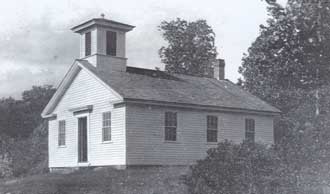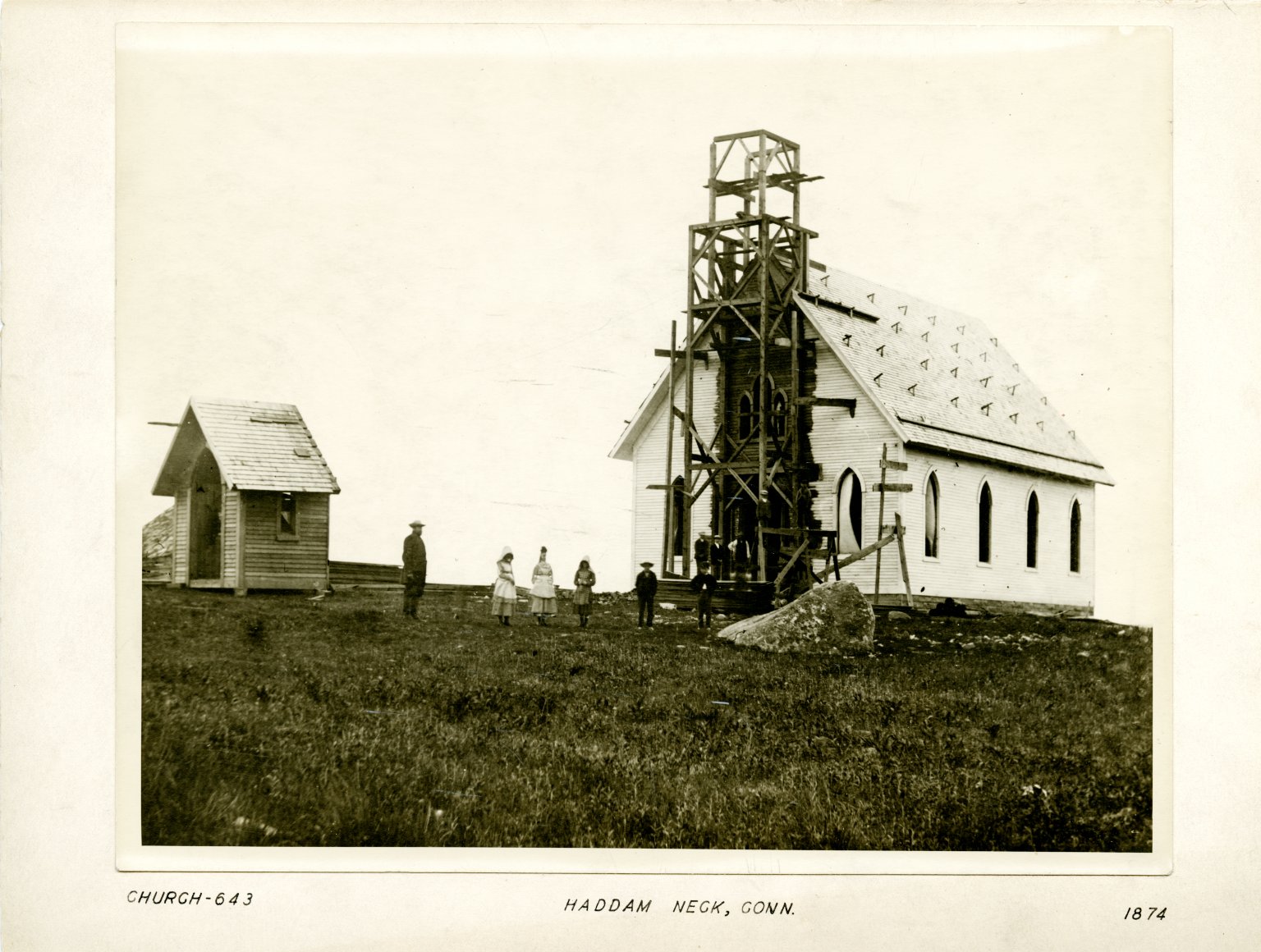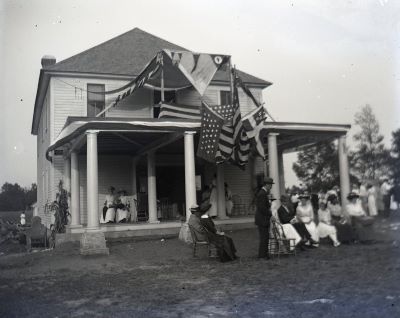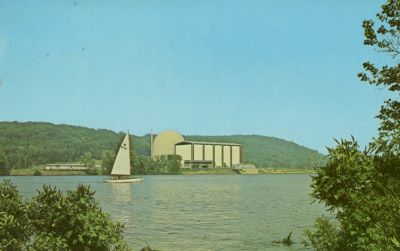The History of Haddam Neck
The Neck has the distinct characteristic of being separated from the rest of the town by a major navigable river with no bridge joining them. Geographically the neck features a range of hills running north to south and is bordered on the east by the Salmon River and Pine Brook and on the west by the Connecticut River.
Second- or third-generation members of the Brainerd, Arnold and Brooks families settled the area circa 1710-1712. They were later joined by the Selden, Goff, Dudley and Chapman families. The river played a central role in the development of the Neck; shipbuilding and trading were an important source of income. Deacon Ezra Brainerd opened the town's first granite quarry here in 1762 and supplied granite to major cities such as New Orleans, New York and Philadelphia. The first feldspar quarry in the nation was opened here in the mid-19th century. Waterpower of Pine Brook supplied a number of mills including a sawmill, paper mill, sword and scythe factory, oakum mills and a cotton duck mill. Many residents were also farmers and shad fishing was a great source of revenue on both sides of the river.
After 30 years of crossing the river to attend church, residents of Haddam Neck joined with neighbors in Middle Haddam to form a separate ecclesiastical society in 1740. For years they met in the area of Hog Hill but in 1873 erected the Haddam Neck Congregational Church at the foot of Schoolhouse Hill Road. A Methodist Episcopal Church was formed in the early 19th century and a church was erected on the East Hampton-Haddam Neck town line. The congregation remained active until the early 20th century and by the mid-20th century the building had been converted to a barn. It has since burned down.
Farmers once cultivated tobacco in the area of what is now George Seymour State Park. Later the area was home to Clarkhurst Resort and Golf Course which remained open until the 1920s.
The Haddam Neck Fair has been for over one hundred years the climactic event for local residents. Held on Labor Day weekend, the fair has been in existence since 1911 and continues to be a genuine country fair.
In the late 19th and early 20th century, Swedish and German families settled in Haddam Neck and many of their descendants remain today. Like Haddam and Higganum across the river, by the mid-20th century the area was primarily residential with people commuting to Hartford or Middletown to work.
In 1966 Connecticut Yankee Power Plant was erected on the site of the Bradway Airstrip. The plant was closed in 1997 and has been decommissioned.

Haddam Neck, circa 1874. Haddam Island and Haddam Meadows in the foreground.

Haddam Neck School House in original location.

Haddam Neck Congregational Church under construction, circa 1874.

Haddam Neck Grange Hall.

Clarkhurst Resort.

Connecticut Yankee Atomic Power Plant.
